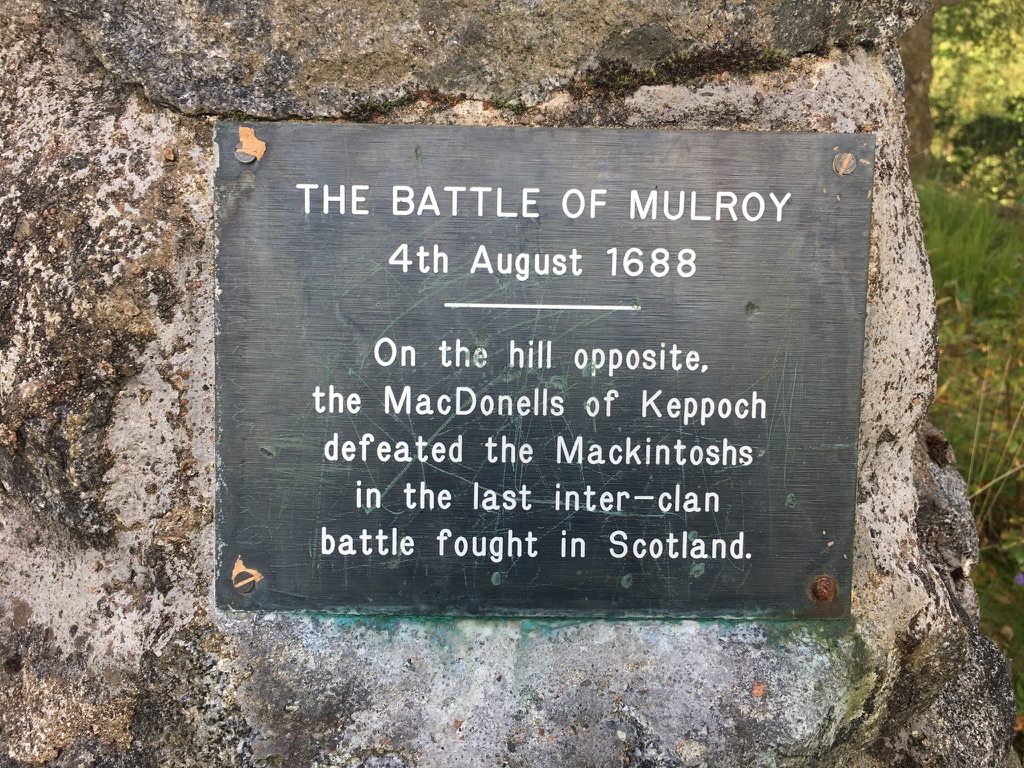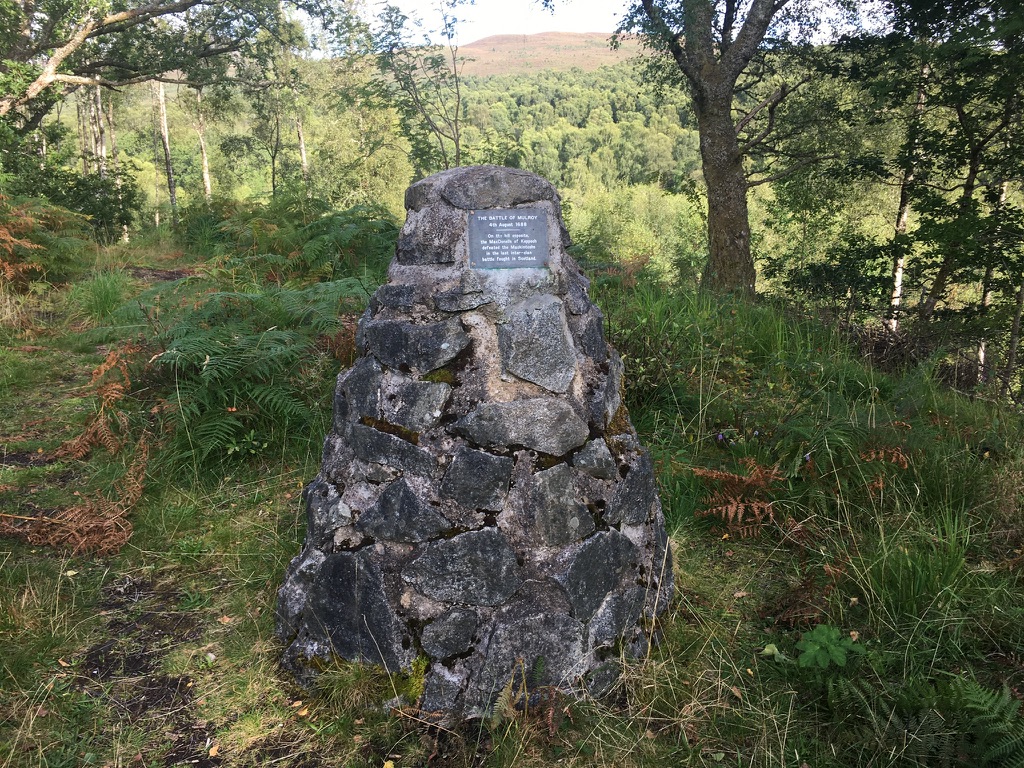Hunting game and foe with bow and arrow pre-dates the written historical record in Scotland. A hunting bow of yew was found in 1990 at Carrifran, eight miles north east of Moffat. Estimated to be 6,000 years old, the bow is in the care of the National Museum of Scotland.
By the latter part of the twelfth century, in the reign of William the Lion, King William I of Scotland, the longbow was in general military use. 500 Scottish archers fought at Bannockburn in 1314 although their role is not considered to have been decisive that day.
Every able-bodied man was liable for service and a man who could not afford a horse had to practise archery. So unpopular was this duty that King James I of Scotland banned ‘futeball’ in 1424 in order to encourage the practice of archery. His son, King James II, outlawed golf as well as football by Act of Parliament in 1457. It was ordained that:
‘. . . the weaponschawinges be halden be the Lordes and Barounes spiritual and temporal four times in the zeir. And that the fute ball and golfe be utterly cryed down and not to be used, and that bowe marks be maid at ilk parish kirk, pair of buttes and schutting be used . . . And as tutching the fute ball and the golfe to be punished with the barrounis un-law, and gif he takis not the un-law, that it be taken be the kings officiares
This roughly translates today as:
‘The lords and barons both spiritual and temporal should organise archery displays four times in the year . . . And that football and golf should be utterly condemned and stopped. And that a pair of targets should be made up at all parish churches and shooting should be practised each Sunday . . . And concerning football and golf, we ordain that [those found playing these games] be punished by the local barons and, failing them, by the King’s officers.’
The Act had to be repeated in 1471 and 1491 but, believing that the threat of war with England had receded, King James IV lifted the ban in 1502. The King’s assessment proved optimistic. He was killed, ironically by an arrow and a bill (halberd), at Flodden Field in 1513 alongside the flower of the Scottish nobility and some 10,000 Scots. This national catastrophe was not forgotten for, in 1598, James VI forbid ‘all rough and violent exercises, as the footeball’ and he declared,
‘the exercises I would haue you to uve are running, leaping, wrastling, fencing, dancing, and playing at the caitch or tennise, archerie, palle maillé, and such like other faire and pleasant field-games.’
Further afield, the ‘Auld Alliance’, a treaty signed in 1295 by John Balliol and Philip IV of France, had led to Scots companies in the military service of the French King. A Scottish expeditionary force of between seven and eight thousand men, under John Stewart, 2nd Earl of Buchan, landed in France in 1419 in support of the Dauphin, the future Charles VII. They fought with distinction and were appointed as the King’s personal bodyguards. The Garde Écossaise originally consisted of 25 bodyguards and 75 archers. The employment of Scottish archers as royal bodyguards was therefore long-established, a tradition not lost on Sir Walter Scott who was to play a pivotal role in the Royal Company becoming the Sovereign’s Personal Body Guard in 1822.
However, the advent of gunpowder foreshadowed the decline of the longbow on the battlefield. It was to be an evolution not a revolution in military technology. The earliest surviving firearm in Europe dates to 1396 but several centuries were to pass before firearms superseded longbows on the field of battle. The longbow thus slowly and hesitantly gave way to the arquebus and then to the musket. As late as 1595, James VI sent his bowyer, Alexander Ferguson, to England to buy 10,000 bow staves for military use. And bowmen were still to be found in the Royalist army of James Graham, 1st Marquess of Montrose, when he defeated an army of Covenanters at Tippermuir, near Perth, in 1644.
The last recorded military use of the longbow in battle in Scotland was in 1688 when the Macdonalds of Keppoch defeated the Mackintoshes of Moy at Mulroy in Lochaber. Cameron of Lochiel, to whom the Macintoshes owed allegiance, was held responsible by the Privy Council for the clan’s actions. However, George Mackenzie, the Viscount of Tarbat, a member of the Privy Council and later Captain-General of The Royal Company (1703-14), enabled Lochiel to escape justice.
With the military requirement for archers in decline, archery became a popular recreational pastime. Although the longbow was still just in military use, archery societies were established across the British Isles. The Society of Finsbury Archers in London had been established in 1652.
The Royal Company itself was founded in 1676, twelve years before the Battle of Mulroy, in Edinburgh by ‘an influential body of Noblemen and Gentlemen, who met for the purpose of encouraging the Noble and Useful Recreation of Archery, for many years much neglected.’ These were troubled times with Catholic King James VII (and II of England) being replaced by the Protestant King William III in the Revolution of 1688. Permission was thus wisely sought from the Privy Council and the first Constitution of Laws was drawn up. The eighth Law was the establishment of ‘ane Public Pryze . . . which shall be shott for once every year.’ The Constitution was approved by the Privy Council who, at the same time, conferred upon the Company the highly prized right to describe itself henceforth as the Royal Company of Archers.
The Royal Company shrewdly adopted a low profile during the troubled times of around 1688 to 1703. By this time, Queen Anne, daughter of the exiled King James VII, was on the throne. The Royal Company made:
‘. . . a fresh bid for Royal favour. This it did in no uncertain fashion, by applying to Her Majesty for a Royal Charter, which should establish the liberty and prestige of the Company once and for all.’
The Charter was conceded in March 1704. Under its terms The Royal Company of Archers was:
‘. . . granted perpetual access to all public butts, plains and pasturages legally allotted for shooting arrows with the bow, at random or at measured distances.’
In return for this and other favours the Royal Company could be called upon to render yearly to Her Majesty and her successors, if so requested, ‘one pair of barbed arrows.’ This is the origin of the historic Reddendo.
The Royal Company of Archers was now regularly established and upon a surer foundation than before. Its prestige and prosperity grew steadily, astutely refraining – as a whole – from any official demonstration of Jacobite sympathy during the Risings of 1715 and 1745-46. However, as the Royal Company’s historian of 1875 diplomatically notes:
‘. . . not a few of them suffered severely for their principles; and it was not for some time after 1745 that the Royal Company ceased to be looked on with a certain amount of suspicion by the Government, so well-known was it that the body had been in former years a very stronghold of devotion to the cause of the exiled house.’



